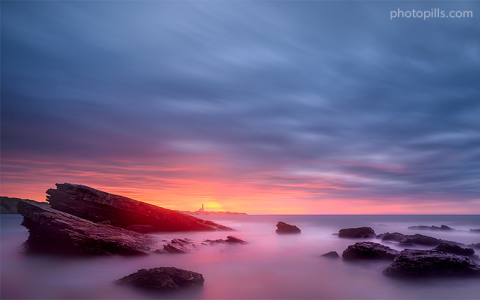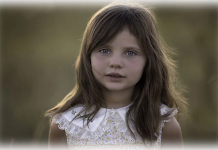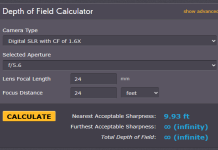So, I decided I’d give this long exposure thing a real go. You see all those cool pictures, right? Silky water, car light trails streaking through the night. Looked like magic, and I wanted a piece of that.
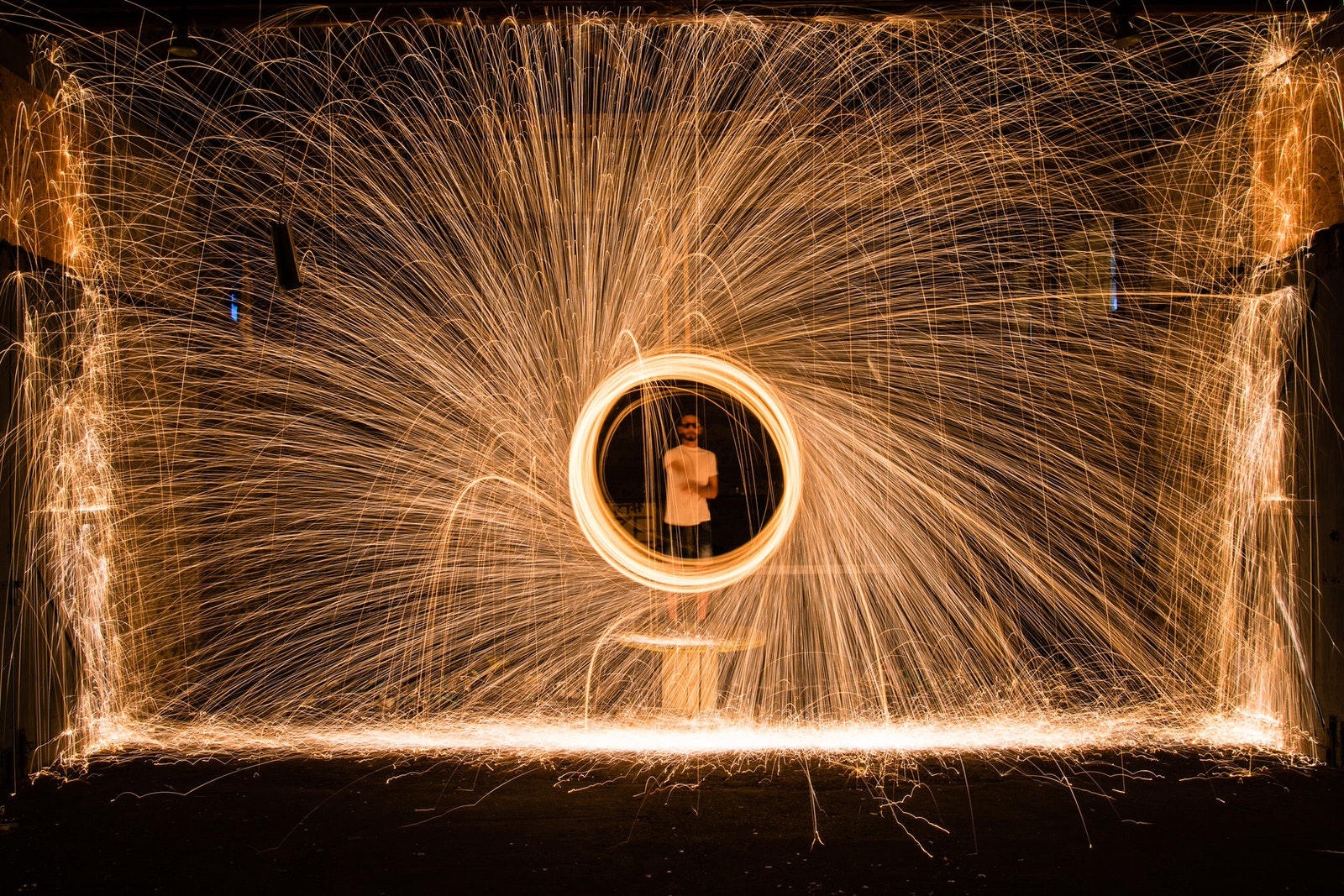
Getting Started: The Optimism Phase
First thing, I dug out my camera. And the tripod. Ah, the tripod. It’s one of those things you buy, use twice, then it gathers dust in the corner. But for this, everyone says you absolutely need one. So, tripod it was. I remembered tightening all the knobs, making sure it wouldn’t wobble. That felt like half the battle won already. Optimism, you know?
I went out to a local park, thinking I’d capture some dreamy clouds or something. It was midday. Bright. Very bright. I pointed my camera, set it to a long shutter speed – like, 10 seconds, I think? – and pressed the button. Waited. And waited. The little screen showed the picture. It was… completely white. Just a blank, bright white screen. Not quite the masterpiece I had in mind.
Okay, so maybe 10 seconds was too much for broad daylight. I fiddled with the settings. Lowered the ISO way down, like to 100. Closed down the aperture, that f-number thing, made it a big number. Tried again. Still pretty washed out. It became pretty clear, pretty fast, that this wasn’t just about making the shutter stay open for a long time.
The Evening Shift: A Bit More Luck
I figured, logically, less light means the long shutter speed might actually work. So, I waited until dusk. Went down to a spot near a road, hoping to get those cool car light trails. Set up the tripod again. This time, I started with a shorter “long” exposure, maybe 2 seconds. Then 5 seconds. Then I got braver and went for 15, even 30 seconds.
And you know what? It started to happen! Those streaks of light from the cars actually appeared. It was pretty exciting, seeing it work. I took a bunch of shots. Some were blurry because a bus rumbled past and shook the ground. Some were just… meh. But a few, a precious few, looked alright.
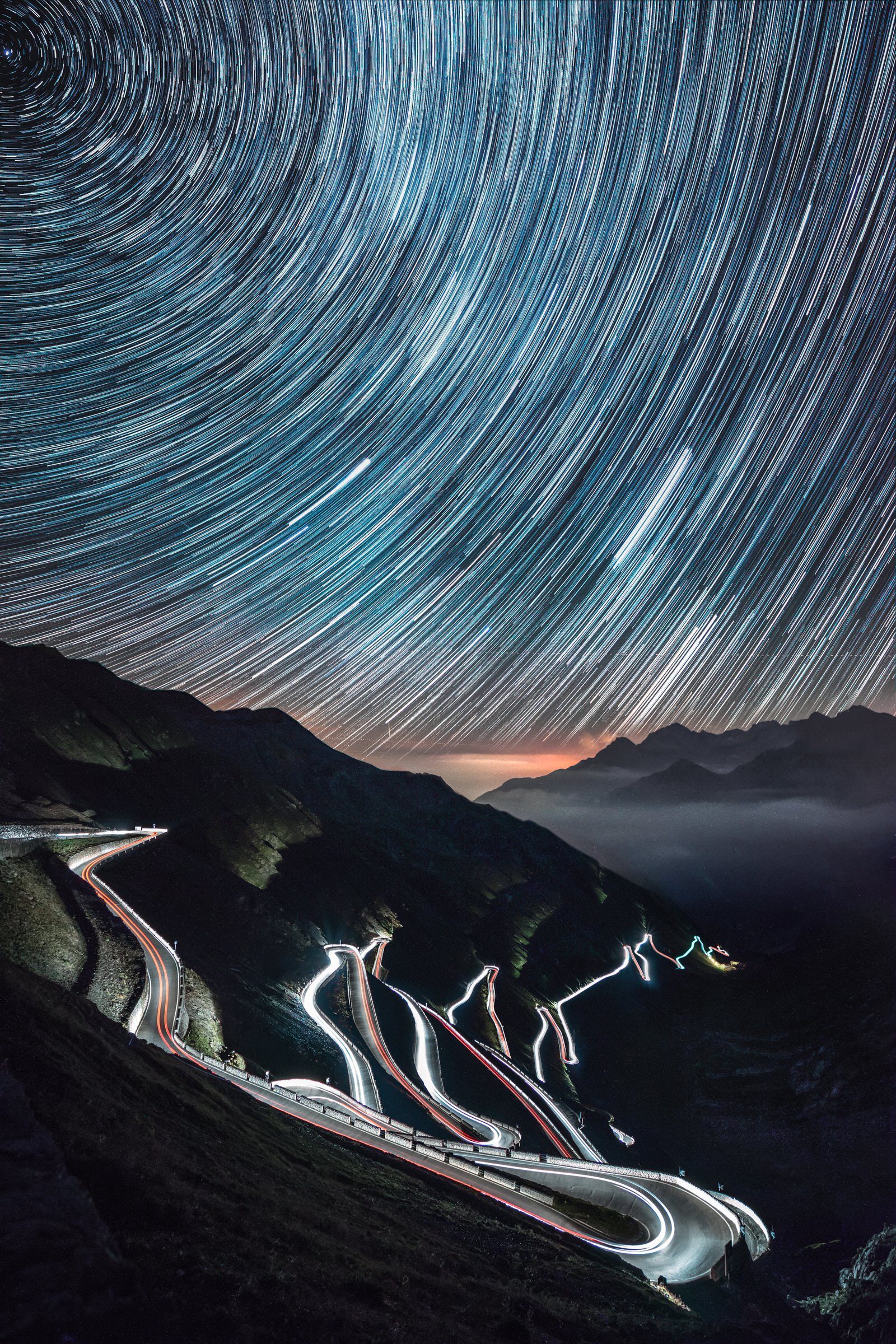
- I learned you gotta be patient. Super patient. Standing there while the camera does its thing for 30 seconds feels like an eternity at first.
- A remote shutter release, or even the self-timer, is your friend. Pressing the button on the camera directly can make it shake, even on a tripod. Found that out the hard way.
- Focusing can be tricky in the dark. I had to switch to manual focus for some shots, trying to guess where the sharp bit should be.
It’s funny, this whole photography thing. You spend all this money on gear, lenses, tripods, thinking it’ll make you a better photographer. And sure, good gear helps. But then you try something like long exposure, and it’s not about the gear anymore. It’s about understanding light, or the lack of it. It’s about standing still and just… observing. Kind of makes you slow down, which isn’t a bad thing these days. I remember my grandpa used to spend hours just watching his garden grow. I used to think it was boring. Now, standing there waiting for a 30-second photo to finish, I kind of get it a little bit more.
So, my first proper go at long exposure. Was it perfect? Nope. Did I get any award-winning shots? Definitely not. But I did get a few images that made me think, “Hey, I made that.” And I learned a ton. Mostly that I still have a ton more to learn. Someone mentioned ND filters for daytime long exposures. Guess that’s the next thing to figure out. Always something, isn’t it?

